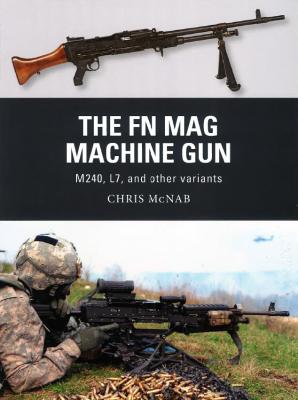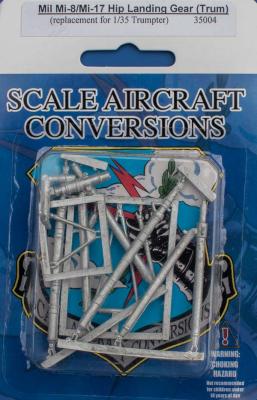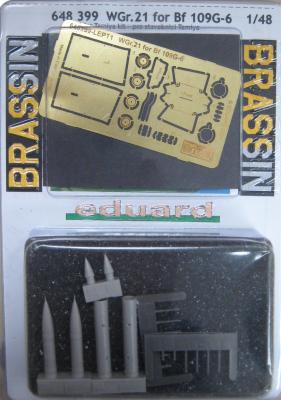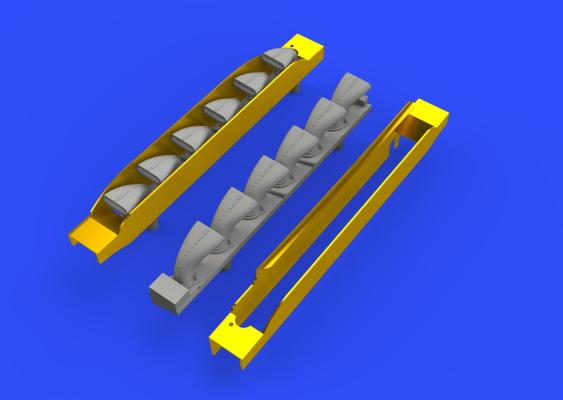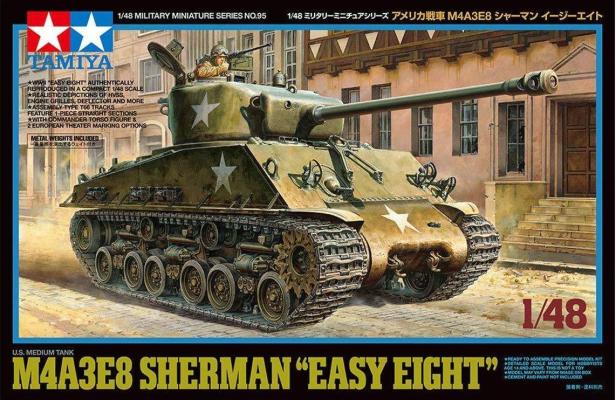Chris McNab is an author and editor specializing in military history and military technology. To date he has published more than 40 books, including The Illustrated History of the Vietnam War (2000), Twentieth-Century Small Arms (2001), Twentieth-Century Small Arms (2001), The Encyclopedia of Combat Techniques (2002), The Personal Security Handbook (2003), Reformation, Exploration and Empire (2005), Mythical Monsters : The Scariest Creatures from Legends, Books, and Movies (2006), Tools of Violence (2008), Deadly Force (2009), A History of the World in 100 Weapons (2011), The Roman Army (2012), SAS and Special Forces Mental Toughness Training, and Abandoned Wrecks (2017). Chris has also written extensively for major encyclopedia series, magazines and newspapers. He is an experienced specialist in survival techniques and provides instruction on wilderness hunting techniques. He currently lives in Neath, Wales, UK.
Welcome to the IPMS/USA Reviews site!
Introduction: The primary organization of the IPMS/USA Review website is by IPMS/USA National Contest Class. Within each Class there are sub-menus by kits, decals, books, etc. The Miscellaneous Class is for items that are not class specific or that cross two or more classes.
IPMS/USA Members: We encourage you to submit reviews, both here and to the Journal. To volunteer for membership in the IPMS/USA "Reviewers Corps" and submit your own reviews, please read the Guidelines For Submitting Product Reviews.
Manufacturers, publishers, and other industry members: IPMS/USA is pleased to offer your company the opportunity for product reviews. All product reviews are performed by IPMS/USA members, and are posted in the publicly-accessible section of our website. With very few exceptions, we perform full build reviews of new kit releases, aftermarket products, and supplies. If you would care to provide product samples for review, please contact John Noack, IPMS/USA 1st VP.
To learn more about IPMS/USA, please see our About Us page.
The Trumpeter helicopters are really nice kits but the kit’s white metal landing gear are very fragile. They are brittle and break apart. I’ve had this issue with the CH-47D and Mi-8 kit landing gear. Scale Aircraft Conversions offers a replacement set of white metal landing gear for the Hip.
This set includes nine white metal parts for the landing gear. They are direct replacements for the kit landing gear. They are packaged in a cardboard backed blister pack. The detail is nicely represented and should prove no problem for adding them to the kit.
They are not brittle like the kit parts. Some parts will need straightening as they got slightly bent during shipping.
These are a nice addition and stronger than the kit landing gear. These are a perfect replacement for the brittle kit white metal landing gear. This is another great release from Scale Aircraft Conversions. I hope that they make landing gear for the CH-47A and D.
Highly recommended
The Tamiya Bf-109G-6 allows a lot of options. One option that isn’t included is the WGr-21 Rocket system. The mortar rockets were mounted under the wings of the Bf-109, from the G-2 to the G-6.
This set is packaged in a typical blister pack with 16 light grey resin and one photo-etch fret. The resin is molded in light grey and dark grey not that it matters as both styles are beautifully done. The weld mark on the tubes is awesome.
The fret is made up mostly of templates to first set the angle of support struts and second to then set its location on the wing. The assembly of the set is pretty straightforward once you get the templates made up. You get two separate rockets for your diorama and two rockets to be ‘installed’ in the tubes. The photo-etch parts for the rocket tubes are mostly for the rear of the rockets.
The Tamiya Bf-109G-6 has that beautiful engine that can be shown opened or closed. My question was they lead the world in engineering kits, can’t they hollow out the exhausts? Apparently not. So that is where this set comes in.
Eduard provides the answer. Packaged in the typical Brassin blister pack, Eduard provides you with some spectacular exhausts to replace the kit parts. Two light grey resin set of exhausts are included, as well as, a fret of photo-etch. They have beautiful weld lines and are hollowed out. They also are specifically designed for the Tamiya kit. The mounting points on the engine are sided and so are these beauties.
The photo-etch parts are for the deflectors and the front and rear deflectors.
The instructions are printed on a single sheet of double-sided paper.
Background
One can put up a legitimate argument that the M4 Sherman series of tanks was the most important Allied tank of the Second World War. The initial Shermans that rolled off the production lines in large numbers had what was known as VVSS (Vertical Volute Suspension System) with two road wheels per bogie. These tanks (M4, M4A1, M4A2, M4A3, M4A4) also operated as their main armament a short-barreled 75mm gun. As WW2 progressed, and reports from the fields of battle suggested the need for various “upgrades”, the Sherman series underwent a number of small and major changes. Late in the war, there were two major changes: the introduction of HVSS (Horizontal Volute Suspension System) which incorporated four road wheels per bogie for a better vehicle ride, together with a larger turret needed to house a larger 76mm main gun. The new designation for Shermans sporting these two major changes added “E8” to the end of the Sherman nomenclature.











